Already a subscriber? Activate your premium account
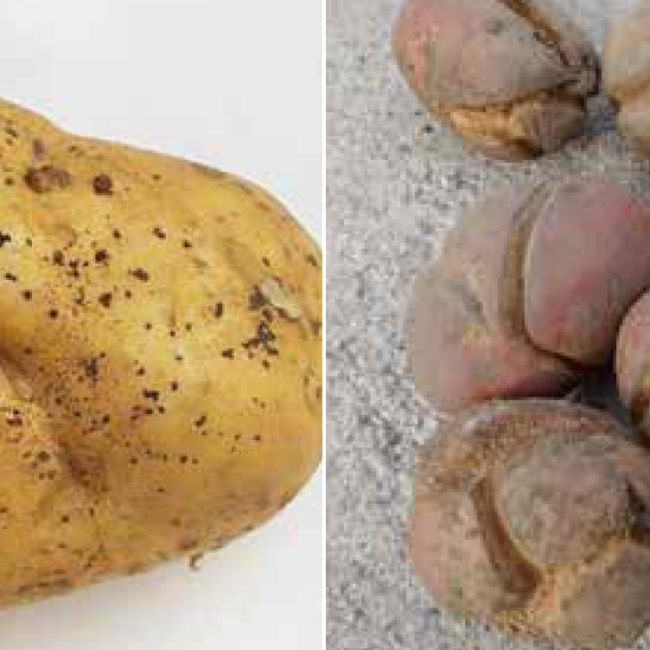
February 07, 2022 | Blogs
Cracks, fissures and clefts: different appearances of external tuber disorders
Tuber cracks, fissures and clefts have different appearances following different causes. They are healed wounds but clearly visible as scars on the surface. These healed fissures are generally oriented in the length direction of the tubers and are more present at the rose end than at the bud end of the tuber. They are triggered…
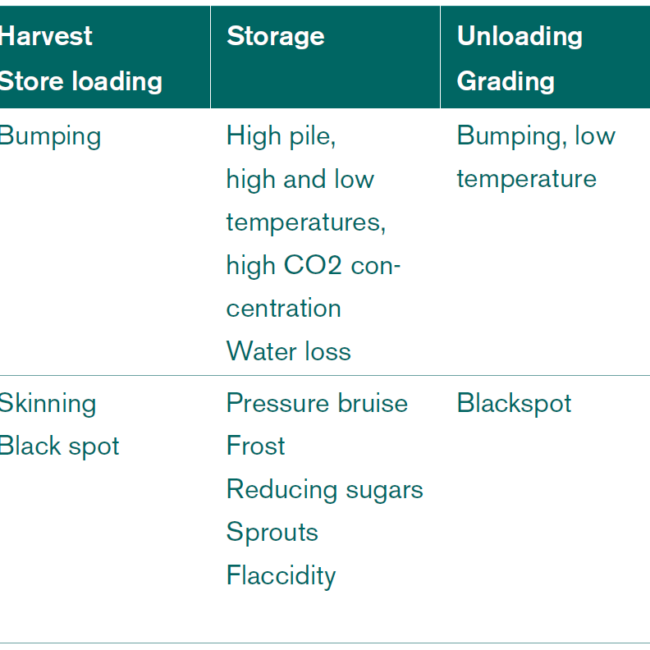
January 31, 2022 | Blogs
An introduction to tuber disorders and their hazards
Besides infection by pests and diseases, potato is also prone to many disorders of non-pathogenic origin. Such non-pathogenic origins are of an abiotic physiological nature resulting from interaction between the physiology of the growing tuber and its environment. They are generally referred to as physiological disorders.
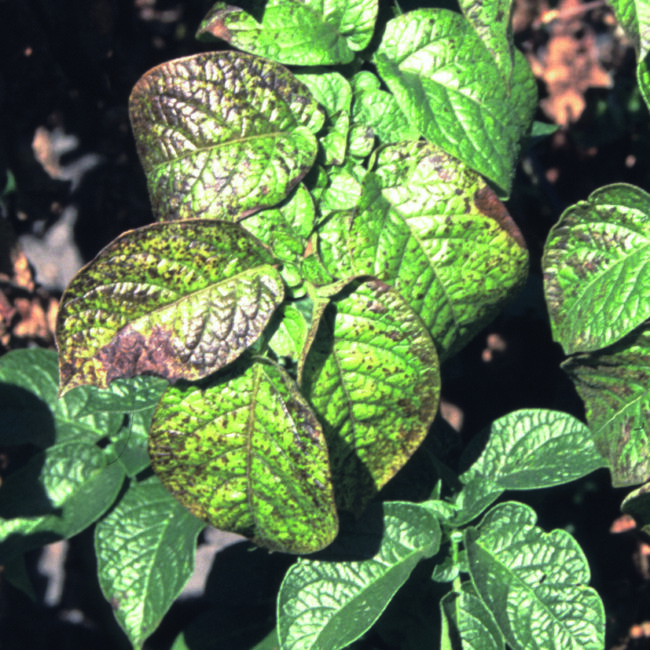
January 24, 2022 | Blogs
How to prevent and control potassium deficiency in potatoes
The behaviour of potassium (K) in clay soils mainly depends on the clay content and the type of clay mineral. Soils with clay minerals mainly consisting of illite, such as in the Netherlands, supply K through weathering. From soils with clay particles mainly consisting of kaolinite K may easily be leached out. Also in sandy…
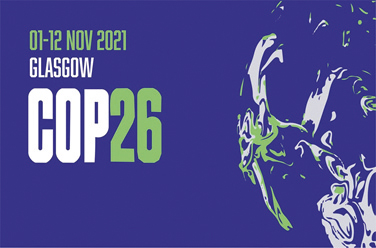
January 19, 2022 | Blogs
The vital role of the potato in saving the planet
World leaders recently gathered in Glasgow, Scotland for the COP26 climate change conference – COP stands for Conference of the Parties and the event was the 26th meeting. The event is attended by countries who have signed the United Nations Framework Convention on Climate Change, which was introduced in 1994 and aims to keep average…
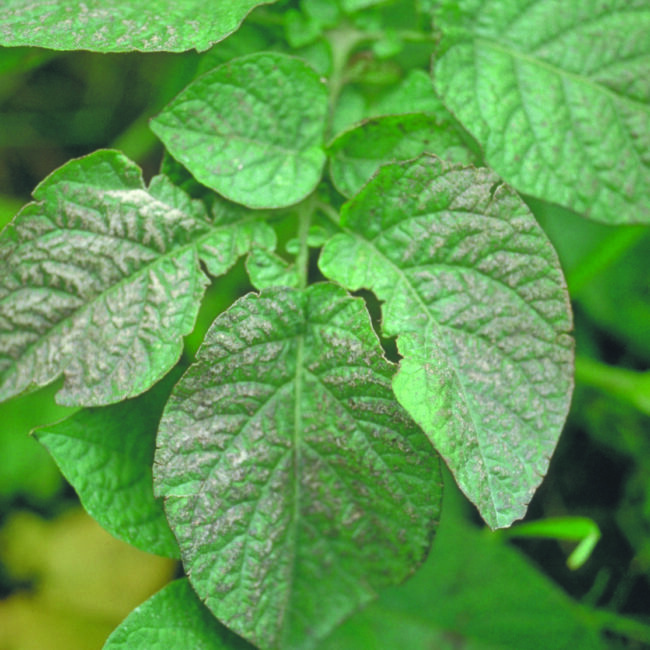
January 17, 2022 | Blogs
What are the effects and symptoms of potassium deficiency in potatoes?
Second to nitrogen, potassium (K) is adsorbed most by the plant and is essential for its normal growth and development.
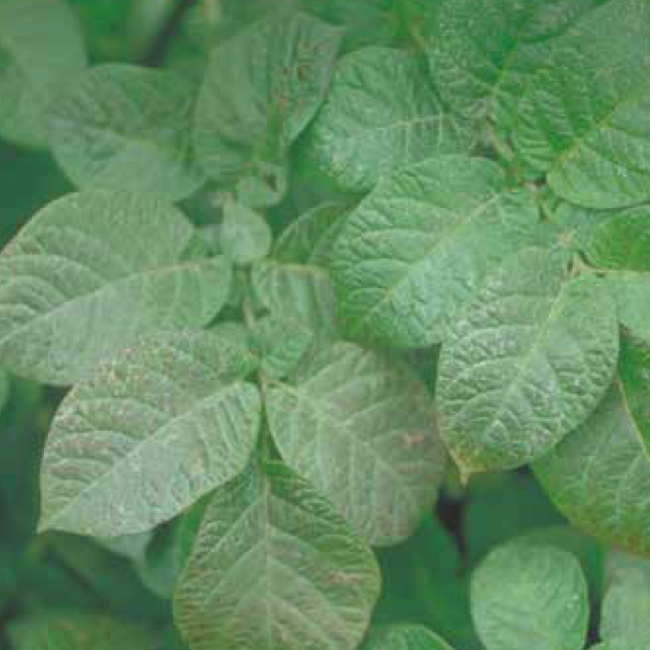
January 10, 2022 | Blogs
About deficiency diseases in potatoes: Potassium deficiency
Potatoes need much potassium (K). Second to nitrogen, K is adsorbed most by the plant. Symptoms of K-deficiency are frequently found on loamy sand, marine clay and (heavy) river clay soils as well as on sandy and peaty soils. K-deficiency occurs mostly during the second half of the growing season, and then often during prolonged…
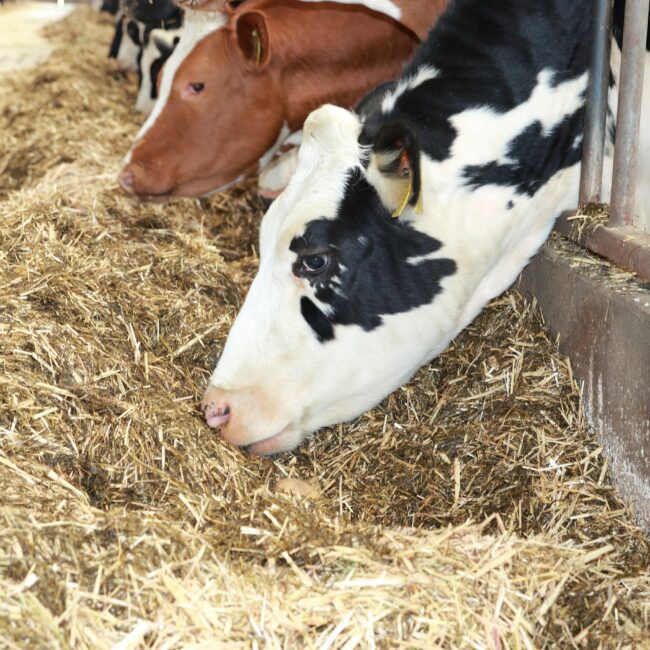
August 23, 2021 | Blogs
The potato processing industry and its role in animal feed
As mentioned in this blog, potato can be used as animal feed. The processing industry for food products collects potatoes from farms. The tubers are then sorted and graded according to specifications that vary for various products such as chilled fresh and frozen products. After washing, they receive a steam treatment whereafter the loose skin…
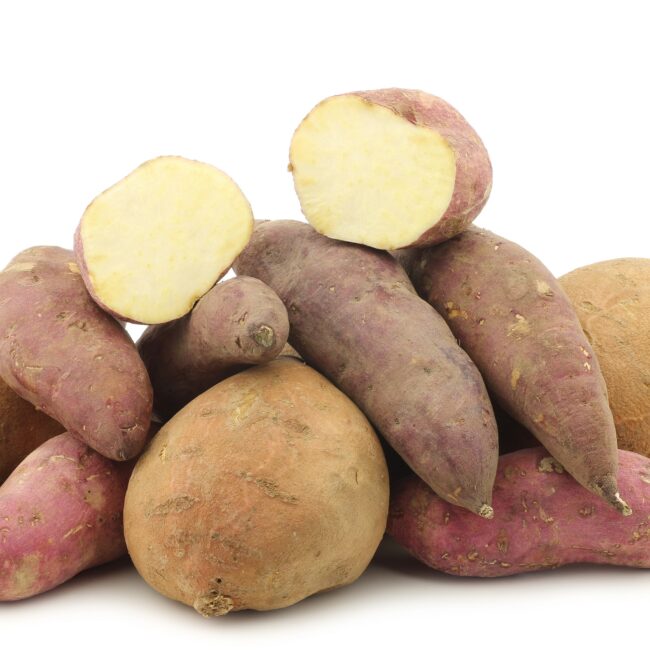
August 16, 2021 | Blogs
Starch processing and the role of starch potatoes in animal feed
Potato largely is eaten by man, but in the past it was widely used as animal feed, especially after cooking, for example by pigs, in Europe. Like humans, pigs can only unlock the starch and digests it after cooking. Ruminants, however, can digest raw potatoes.
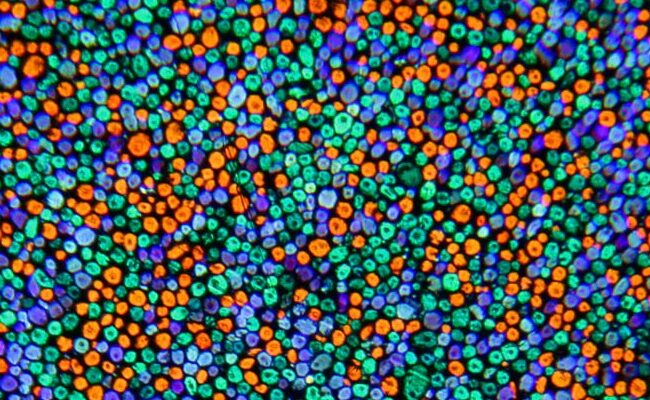
August 09, 2021 | Blogs
Starch modification and uses of potato starch
Native starch finds its way to the food and nonfood industry either or not after modification. Heating moist starch produces a sticky gel that is used as an adhesive for wall paper and gummed tape. When added to paper pulp, it strengthens the paper and makes it suitable for use in paper sacks. Potato starch…
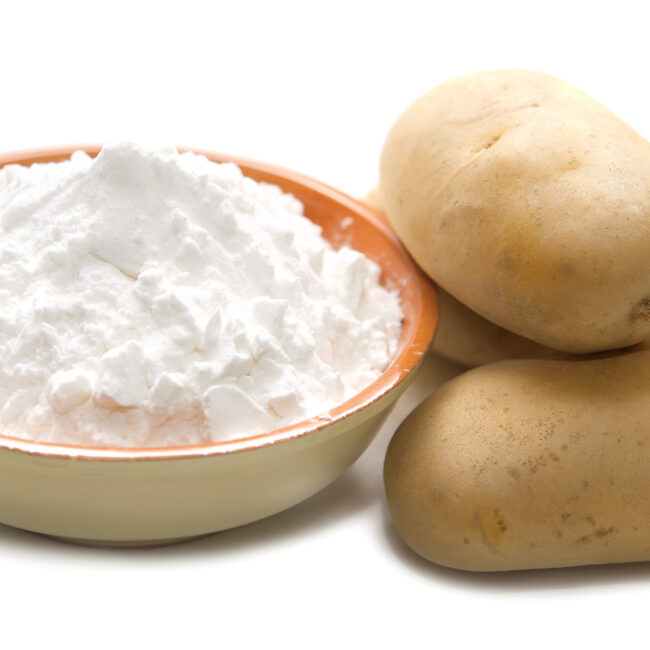
August 02, 2021 | Blogs
An introduction to potato starch production
Dedicated and specialized potato starch factories are located in China, Denmark, France, Germany, Japan and the Netherlands. In the USA, some potato starch is also produced by potato chips and crisps factories that bring waste, side streams rather, to value.
©2015 - 2024 Potatoworld | Webdesign and realisation COMMPRO